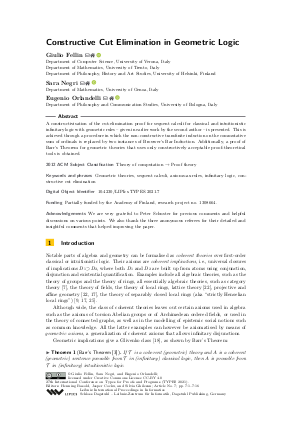LIPIcs.TYPES.2021.7.pdf
- Filesize: 0.8 MB
- 16 pages

 Creative Commons Attribution 4.0 International license
Creative Commons Attribution 4.0 International license










Feedback for Dagstuhl Publishing